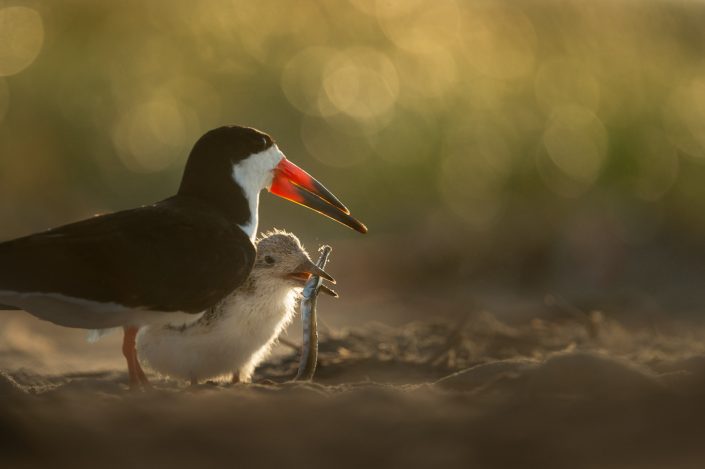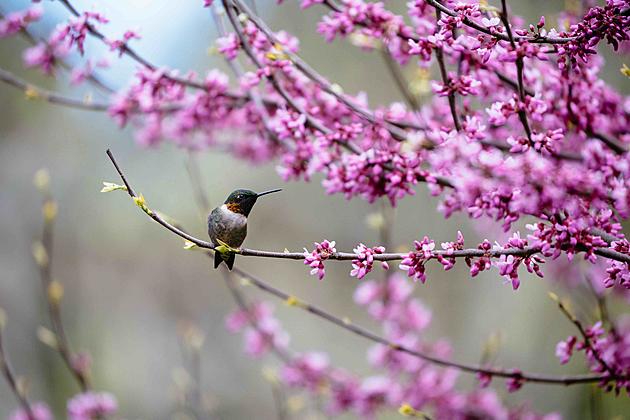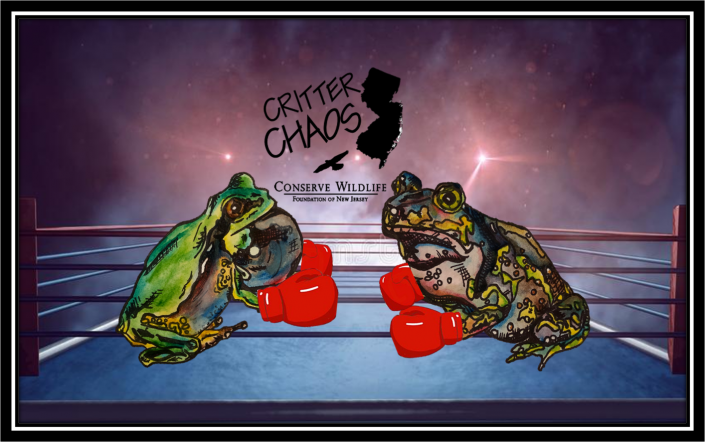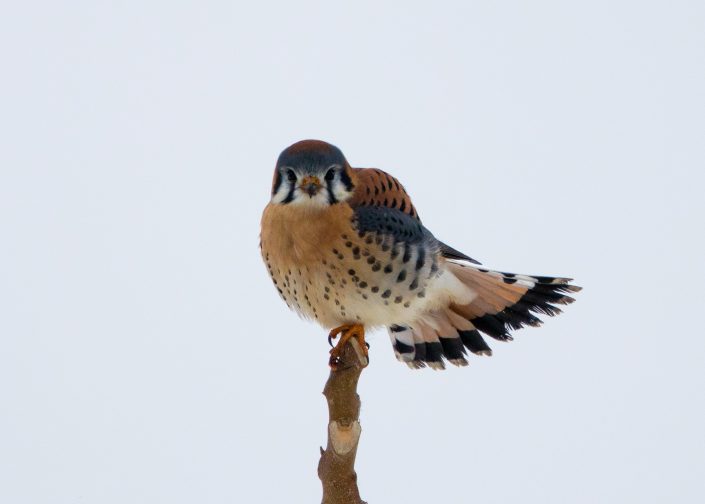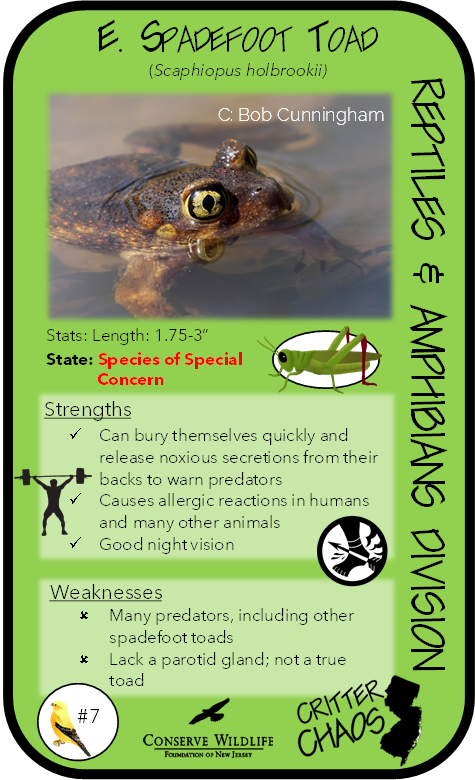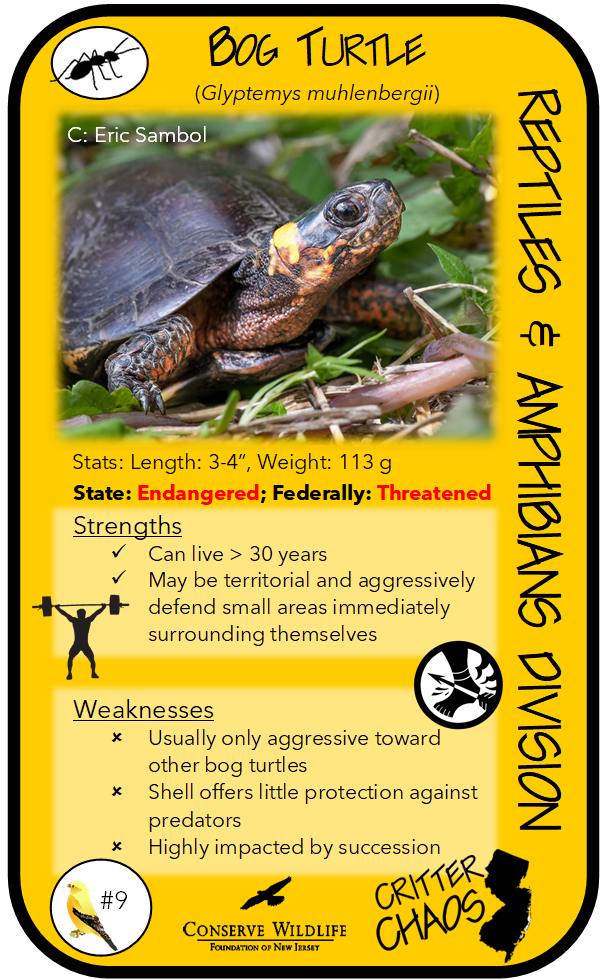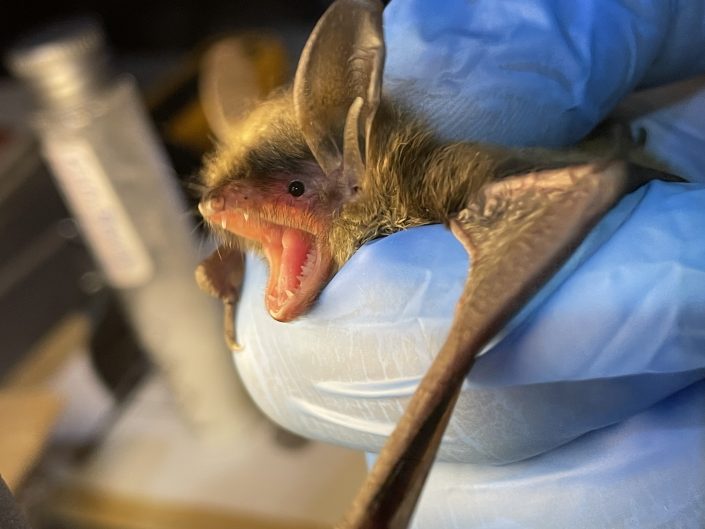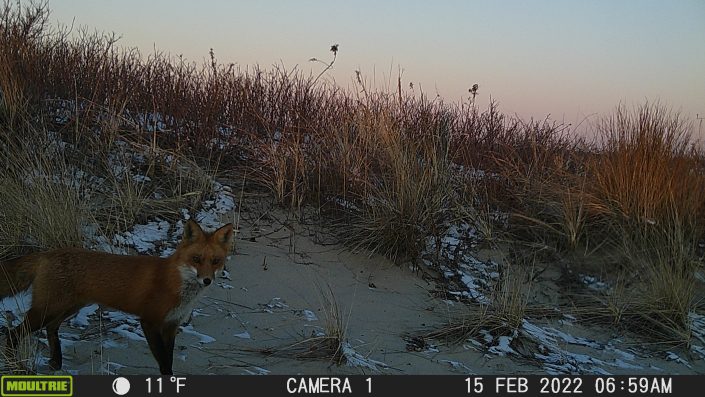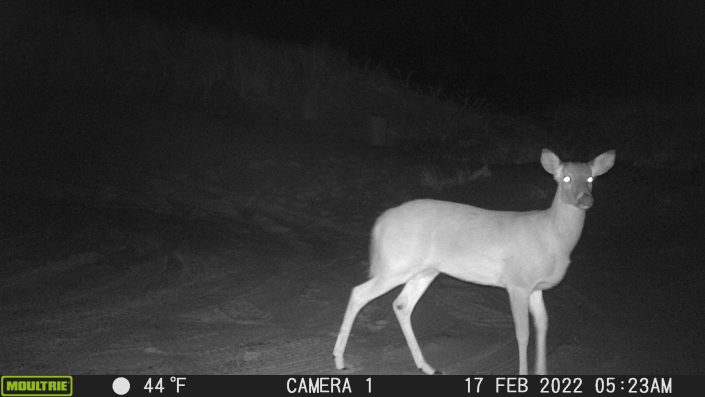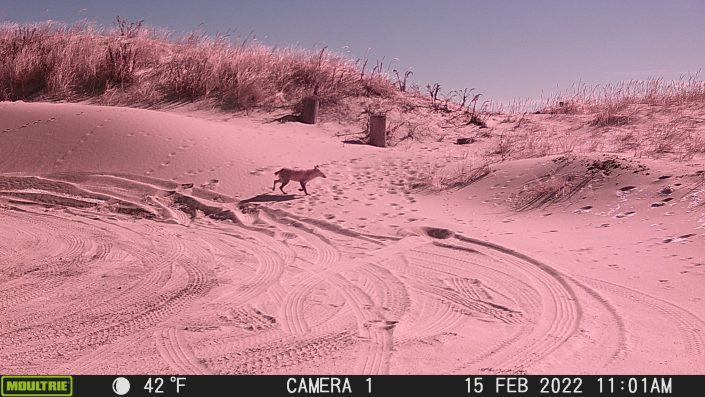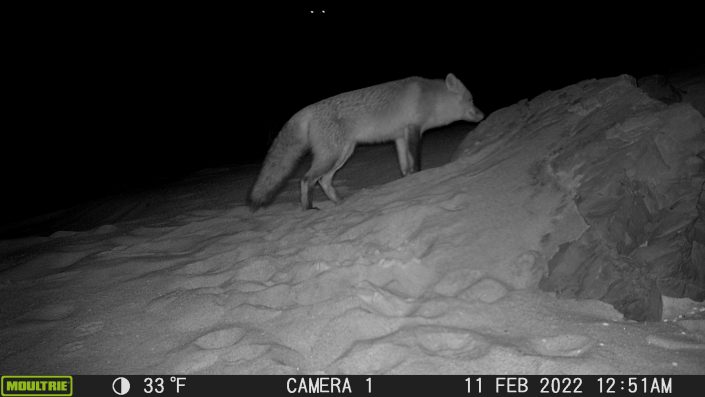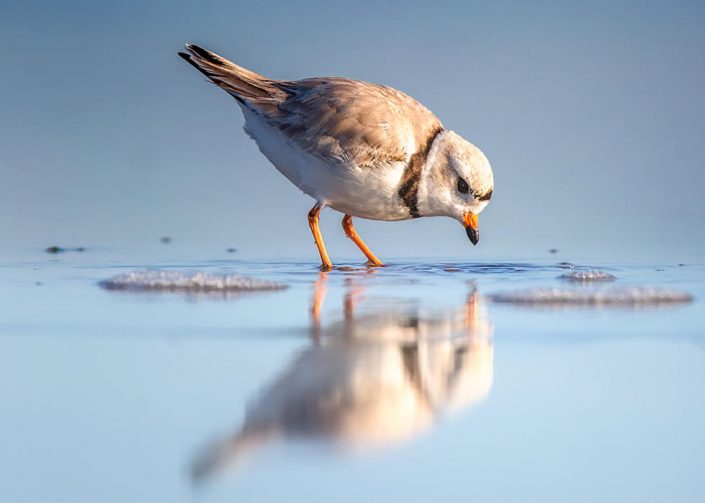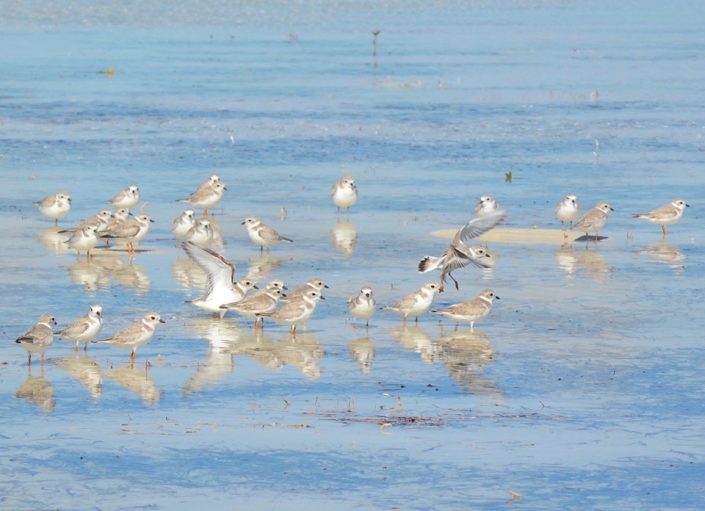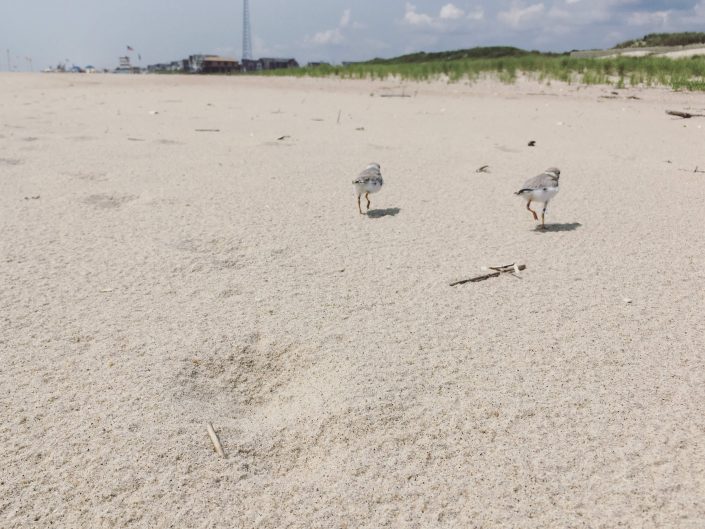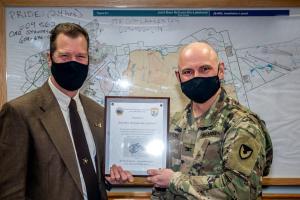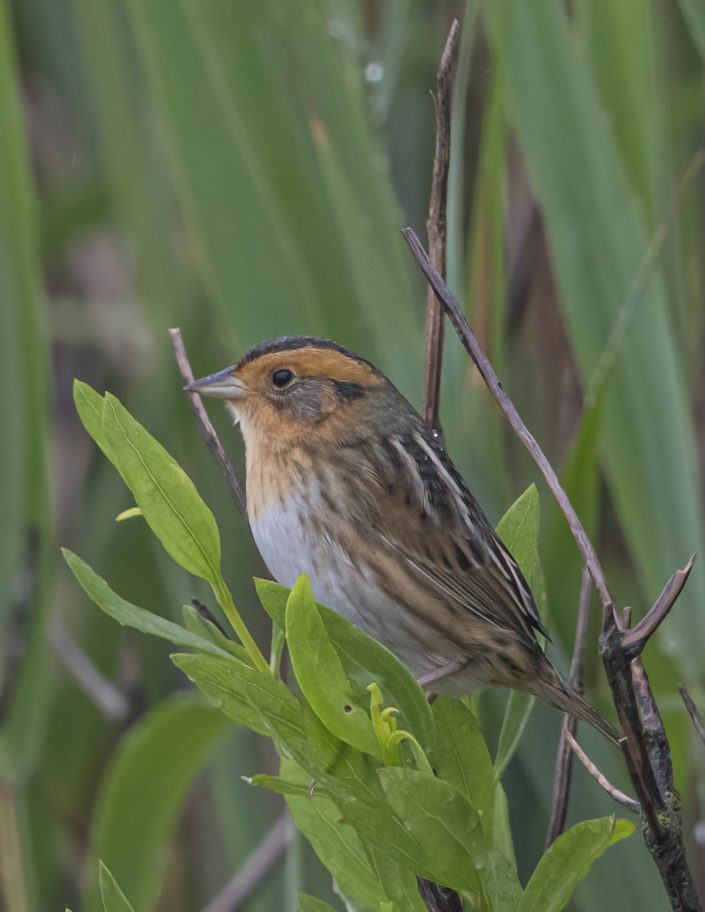Critter Chaos Round 2 Update!
by Christine Healy, Wildlife Biologist

For those of you following along with our Critter Chaos Tournament, we’ve reached the end of
round 2!
Here’s a summary of the action.
Shorebirds & Raptors Division:
In battle one, the peregrine falcon and round 1 victor, the red knot, met in the New Jersey
Palisades. A severe windstorm had blown red knot off course on its way back from the arctic,
rendering it exhausted and in need of some clean water. Stopping to take a drink, the
shorebird’s bright plumage made it an easy target for our #1 seeded raptor.
Next, we had the least tern take on fan favorite, the bald eagle. Nesting colonially, the least
terns sprang into action upon the approach of the eagle, who was on the hunt to find a tasty
morsel to bring back to his chicks. Agitated at being dived bombed, screeched at, and defecated
on, Papa eagle abandoned the battlefield on Sandy Hook to locate a meal elsewhere.
The American kestrel returned to test his strengths against the eastern screech owl. Both
tracking the same woodland vole in a Somerset County ecotone, the screech owl’s keen vision
under low-light conditions enabled him to snag the win from the talons of the small falcon, an
outcome that was not supported by the American Kestrel Partnership.
Finally, the osprey threw down with the black skimmer over Barnegat Bay for the last position in
round 3 for shorebirds and raptors. With a remarkably high kill ratio of 70%, we all expected the
osprey to advance, but black skimmer had the element of surprise on its side. Its unique fishing
technique that involves flying very low to the surface of the water allowed the shorebird to claim
both a bluefish and the win in a surprising upset.
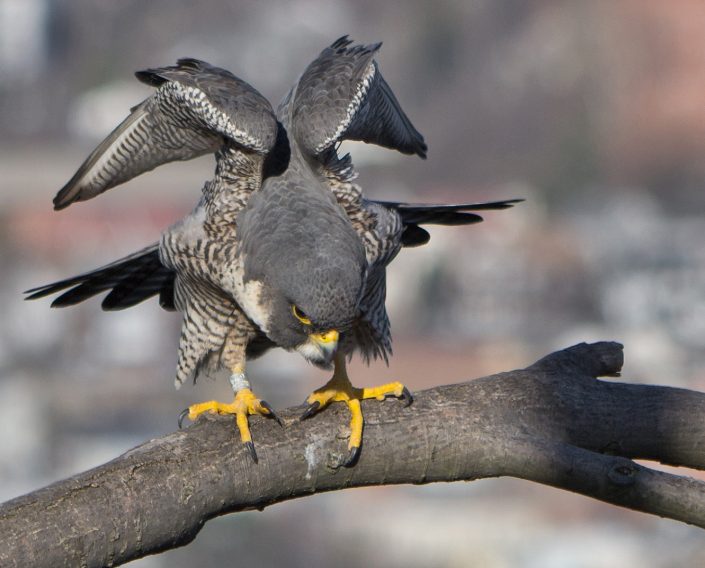
Reptiles & Amphibians Division:
First up, we had the #1 seeded timber rattlesnake vs. the #9 seeded bog turtle. In the most
shocking upset of the tournament to date that made CC commentator Christine Healy check the
code for her random number generator, assuming it must be faulty, the bog turtle once again
claimed the crown. Timber rattlesnake was busy digesting a meal of field mice and was on her
way to her hibernaculum, so she had no interest in engaging with bog turtle. That’s the story
we’re going with!
Our subsequent battle was a test of testudines, featuring the northern diamondback terrapin and
the wood turtle. Favoring differing categories of water (brackish vs. fresh, respectively), these
two would not have come across one another if it hadn’t been for an irresponsible person that
tried to release their pet wood turtle into the Hudson River! An estuary from New York Harbor to
the city of Troy, NY, the salinity was too high for wood turtle, so he left the scene on foot to find
more favorable conditions.
Third up, northern copperhead sought redemption for venomous snakes as it entered the arena
against eastern spadefoot toad. From its hiding place in an old mulch pile, the copperhead
picked up on spadefoot toad’s odd peanut butter-like scent and moved in for the kill. With no
warning, spadefoot was unable to bury himself or emit his noxious secretion in time to defend
himself.
Last, it was a salamander standoff as an eastern tiger and marbled larva each developed in a
vernal pool in Cape May County. Both voracious predators, the eastern tiger salamander larva’s large size enabled him to chow down on marbled salamander larva, successfully achieving both
metamorphosis and the win.
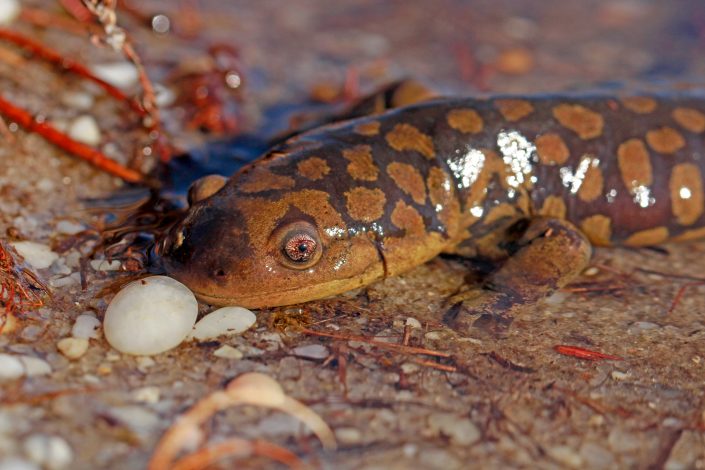
Mammals Division:
Indiana bat returned to the competition with New Jersey’s only wild felid- the bobcat. The bat
held his own in battle, but ultimately was no match for this stealthy cat. With excellent vision and
padded feet that allow them to move almost hobbit-like through the forest, bobcat’s predatory
skill is not limited by its small body size.
Our next matchup featured two competitors much admired for both looks and smarts- the
northern river otter and the red fox. Unfortunately for the red fox, this tussle took place in water,
giving river otter the upper hand. While foxes are good and capable swimmers, they generally
like to avoid getting wet when they can and bowed out gracefully.
In another aquatic battle, harbor seal defeated returning champion the Allegheny woodrat this
week. The seal’s strong flippers and thick layer of blubber allowed it to feel right at home in the
chilly Atlantic current. The same cannot be said for the woodrat…
Rounding out round 2 for the mammals, it was black bear vs. eastern cottontail. Though bears
will eat rabbits, they can’t often catch these lively lagomorphs. The cottontail evaded capture but
departed the battlefield first, handing a win to NJ’s largest land animal.
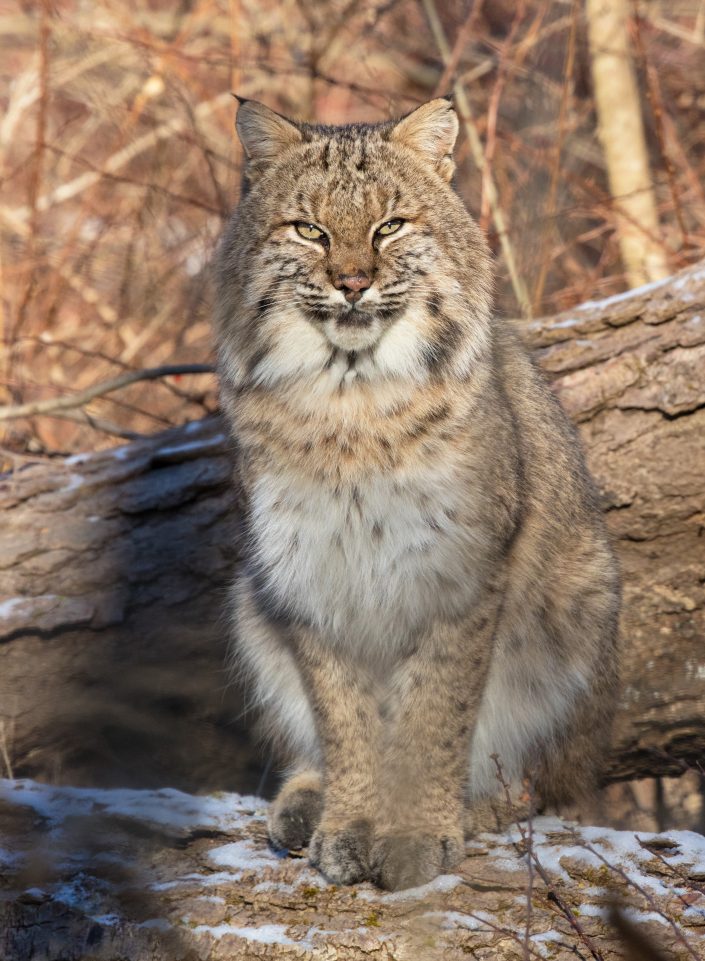
Grassland Birds & Invertebrates Division:
The crowd’s displeasure at the reappearance of emerald ash borer was palpable as this
invasive pest entered the arena alongside the brown-headed cowbird, another species whose
contributions are generally unappreciated. Cheers rang out as an unexpected intervention by a
pileated woodpecker removed the EAB from the competition and from Hunterdon County ash
trees.
The #4 seeded grasshopper sparrow went head-to-head with the #5 seed, horned lark. The
early return of the horned lark pair to the breeding ground meant that their second clutch had
already hatched and developed to the point that they were running freely around the grassland
at the start of our battle at Joint Base McGuire-Dix-Lakehurst! The grasshopper sparrows’
altricial chicks were still in the nest, dependent on mom and dad for everything. When a
predatory raccoon entered the fray, grasshopper sparrow defended his nest fiercely, while the
horned lark’s independence and inability to fly left him quite unprotected.
In another unbelievable upset, almost on par with timber rattlesnake v. bog turtle, frosted elfin
nabbed the win from upland sandpiper in our penultimate round 2 battle! It came down to a
waiting game, and luckily for frosted elfin, a > 4,500-mile migration to Paraguay waits for no
man. Or butterfly.
Concluding round 2 for all divisions, it was bobolink and Savannah sparrow that met on a
recently burned grassland in Burlington County. The management efforts yielded ideal
conditions for these birds, which tempted Savannah sparrow to pursue a polygynous lifestyle
and reduced his parental investment. A cameo from our sneaky cowbird left the bobolink proud
and the Savannah sparrow nest parasitized.
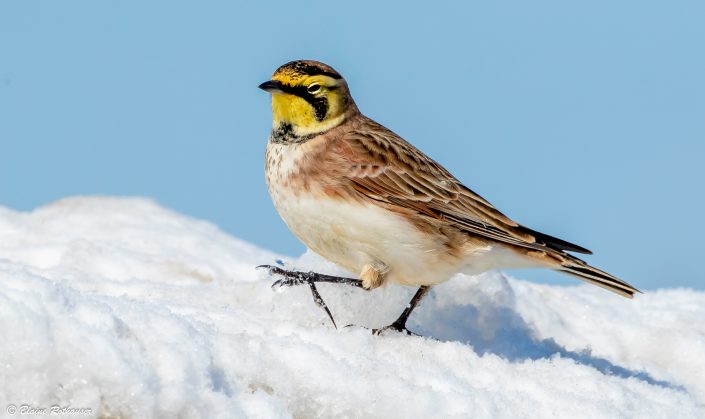
Peregrine falcon, least tern, eastern screech owl, black skimmer, bog turtle, eastern
diamondback terrapin, northern copperhead, eastern tiger salamander, bobcat, northern river
otter, harbor seal, black bear, brown-headed cowbird, grasshopper sparrow, frosted elfin, and
bobolink all advance to round 3!
